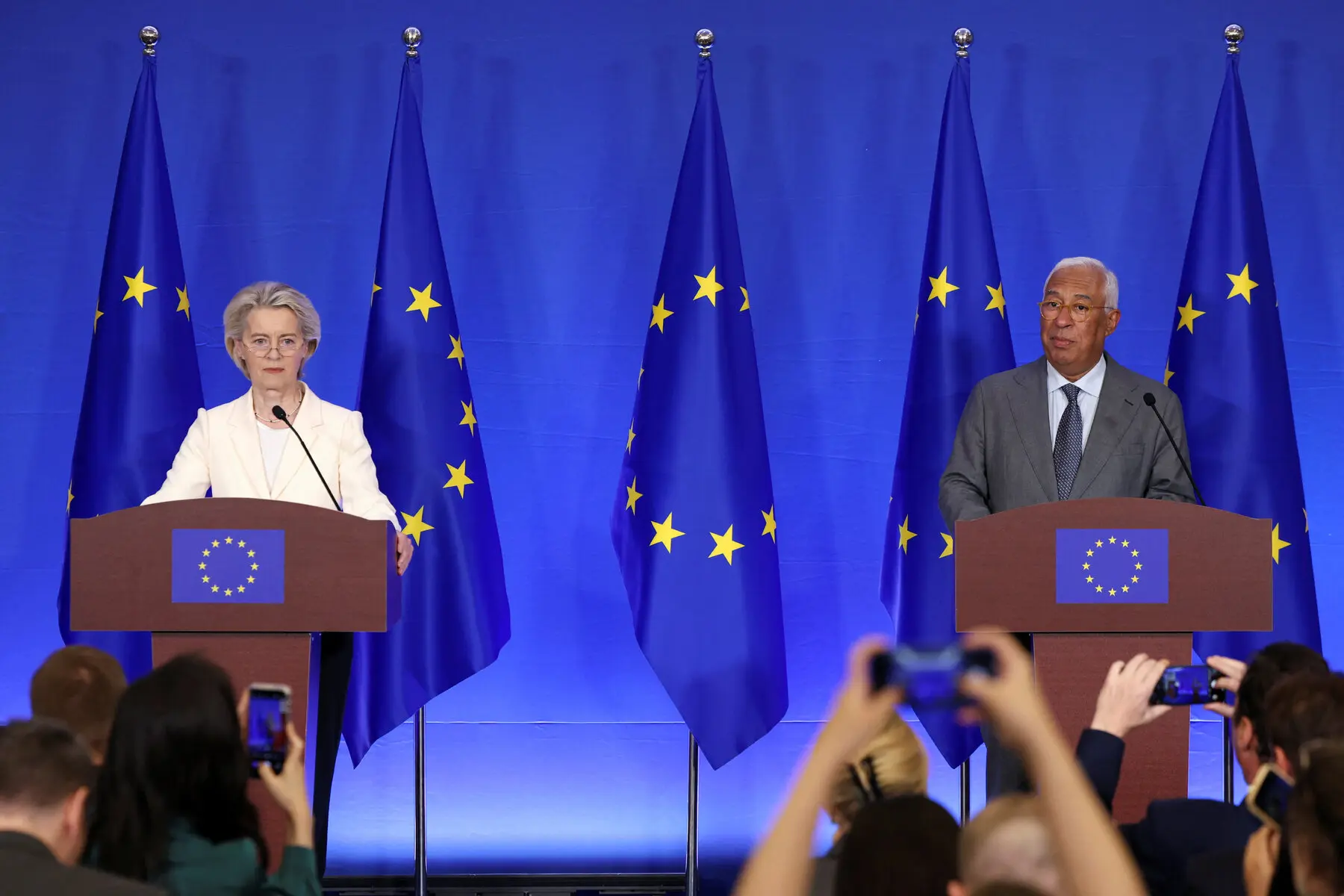Europe Nears U.S. Trade Deal, but Stands Ready to Retaliate
Trade | Steel Tariffs | Clean Energy Subsidies | Global Partnerships | July 2025
The European Union is moving closer to a long-awaited Europe Nears U.S. Trade Deal, but European leaders remain cautious. Although talks have accelerated in recent months, diplomatic sources say the EU is fully prepared to respond with countermeasures if the Biden administration imposes new tariffs or protectionist policies—particularly related to American steel prices, clean energy subsidies, and industrial competition.
This new chapter in U.S.-Europe trade relations comes amid rising global economic uncertainty, driven by a reshuffling of alliances, inflation, and supply chain instability. While negotiations show promise, the European bloc’s readiness to strike back signals just how fragile the potential accord still is.
🔍 What Is at Stake in the Trade Talks?
At the heart of the EU-U.S. negotiations are concerns about the Inflation Reduction Act (IRA), a sweeping U.S. policy offering generous subsidies to American green energy producers. European leaders argue that the IRA unfairly disadvantages EU-based manufacturers, particularly in the automotive and renewable energy sectors.
“We support climate action,” said one German official, “but the way the U.S. is structuring its subsidies undermines global cooperation and domestic European industry.”
📈 Steel Prices and Strategic Threats
Another major issue is the surge in U.S. steel prices, which have jumped nearly 15% over the past year. If the U.S. reintroduces tariffs on European steel and aluminum—as previously done under the Trump administration—the EU is expected to retaliate with its own set of tariffs targeting U.S. goods including technology, automotive parts, and luxury imports.
Brussels has already compiled a tariff list and is coordinating with key EU member states to ensure a unified response. The goal, according to diplomats, is to act “swiftly and proportionally” if provoked.
📆 Timeline of Key Developments
- <strong2023–2024: U.S. passes IRA, sparking tension with EU
- March 2025: High-level talks between EU and U.S. trade teams resume
- July 2025: Reports surface of near-final agreement, but retaliation plans remain in place
🌏 Rising Competition: Japan and Indonesia Step In
While Europe and the U.S. negotiate, Washington is actively expanding ties in the Indo-Pacific. A new U.S.-Japan trade deal was finalized in June 2025, eliminating tariffs on semiconductors and facilitating tech collaboration. Meanwhile, the U.S.-Indonesia critical minerals deal has given American EV manufacturers preferred access to Indonesia’s nickel supply—further raising European concerns about being left behind.
“The U.S. is rapidly securing alternative partners,” warned a senior EU trade analyst. “If Europe delays too long or becomes too rigid, it may lose strategic influence in next-gen trade frameworks.”
⚖️ Will There Be a Trade War or Truce?
Though both sides have expressed optimism publicly, many observers believe a full agreement will hinge on whether the U.S. adjusts its subsidy policies or agrees to exemptions for European producers. The EU, in turn, must find unity among its 27 member states, not all of whom share the same economic priorities.
France, for instance, has urged the EU to adopt a more defensive stance, while Nordic countries are pushing for a deal to stabilize export flows. Germany remains caught in the middle—supportive of trade peace, but wary of undermining its own manufacturing sector.
Despite progress, there is real risk that the deal could collapse under political pressure or economic nationalism in an election year. “We’re walking a tightrope,” one trade official said. “It’s diplomacy on a timer.”
🧠 Conclusion: Strategic Caution Ahead
The U.S. and Europe are closer than ever to a breakthrough trade agreement, but mistrust and global competition loom large. With tensions over steel pricing, EV policy, and global supply chains, both sides must balance short-term interests with long-term economic stability.
Until pen meets paper, the European Union is prepared to match any U.S. escalation with firm, strategic retaliation—hoping it won’t have to.
For more details please click here





